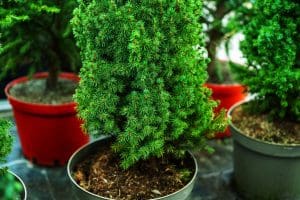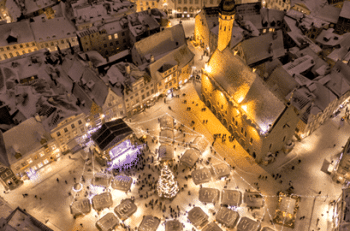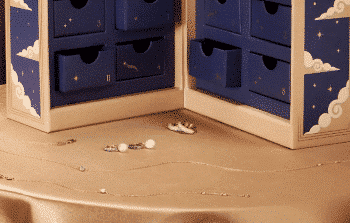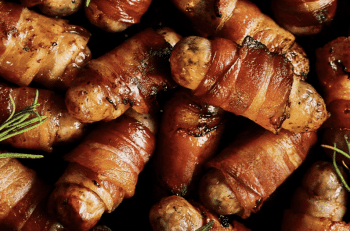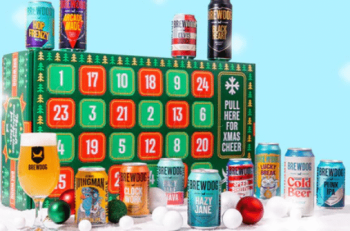It’s that time of year again when many of us will be thinking of the festivities and which type of Christmas tree we should use: but what about choosing an sustainable, reusable and eco-friendly Christmas trees?
 For many people, an eco-friendly option will be to buy a real tree that has been grown in the UK because it won’t have had to travel lots of miles before being bought.
For many people, an eco-friendly option will be to buy a real tree that has been grown in the UK because it won’t have had to travel lots of miles before being bought.
Others may opt to buy a tree with roots so they can plant it in their garden and re-use it for the festivities before replanting it again. This means buying a tree when it is small and then watching it grow every year – and it also provides a wildlife habitat when planted outdoors.
You could also buy a potted tree and after Christmas replant it in a larger pot so it grows over the years too.
It’s also important to recycle your Christmas tree after the festivities because up to 7 million trees are being sent to landfill rather than being recycled every year.
You should check your council’s website to see if they will pick up your tree or whether you need to take it to a designated recycling centre.
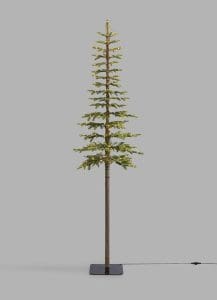
A John Lewis slim fir pre-lit twig tree
Pic: John Lewis
There’s also a trend to be alternative and choose modern wooden trees in a range of sizes and shapes rather than a plastic tree. These are ideal for decorative purposes and create a unique festive feature for your home.
Here, the Christmas.co.uk team look at the potential of buying a sustainable real Christmas tree because artificial trees – while they last several years, are generally made in China and then shipped around the world racking up lots of miles doing so.
—ooOOoo—
What are the most eco-friendly Christmas trees?
This news item from ITV highlights that some of the options available for eco-friendly Christmas tree buying include renting a tree for the festivities – and you can rent the same tree every year – and buying potted Christmas trees. The report also looks at the problems with sending Christmas trees to landfill and buying artificial trees.
—ooOOoo—
A real Christmas tree will have a smaller carbon footprint
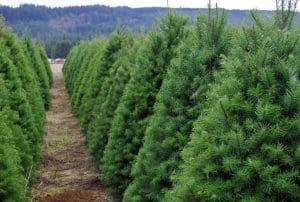
The trust says that a two-metre Christmas tree without roots that is placed in landfill after Christmas will have a carbon footprint of 16 kg of carbon dioxide.
However, a similar size tree with roots that is recycled after Christmas has a carbon footprint of just 3.5 kg of carbon dioxide.
The term recycling means having your tree chipped by your local council or planting it in your garden.
Buying a Christmas tree and caring for the environment
Essentially, if you are buying a Christmas tree and want to care for the environment, then a real tree will be better – though the artificial tree you buy will last for years which means you won’t be buying a real tree – you will still be buying a tree made from man-made materials and fossil fuels will be burnt when they are produced and transported.
But now there are a growing number of Christmas tree growers who are striving to grow trees without using pesticides.
According to experts at the Soil Association pesticides used on Christmas trees will:
- Seriously harm nature and wildlife
- Trap farmers in a system that only helps a handful of corporations
- Can affect our endocrine system and be linked with certain cancers.
Grow Christmas trees without using chemicals
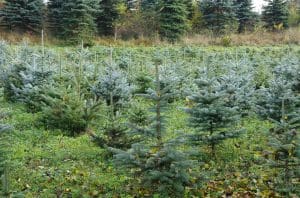
She explained: “We are able to do this as the soil in Dartmoor is so rich it doesn’t need it.
“To keep deer and rabbits away from eating and damaging our trees we use good fencing. To keep weeds down we cover the ground around our trees.”
Jenny continued: “As I understand it, we are rare in growing/providing trees without chemicals in the UK.
“It is certainly what our customers tell us as many choose us because we don’t use chemicals.
“The fact that we are UK grown and chop to order also make us sustainable.
“We aren’t a big industrial farm, more a family business. Lots of our trees in the UK are shipped in from big Christmas tree farms in Europe – this obviously racks up mileage.”
Market for sustainable eco-friendly Christmas trees is growing
Jenny said: “It’s good to see that the market for sustainable Christmas trees is growing and with this the popularity of potted Christmas trees – where people buy the Christmas tree and keep it in a pot to reuse every year.
“We will be able to offer this in years to come as we have potted some saplings last year, it will be a while before they are big enough to sell though.”
Jenny also highlights that trees should be recycled into wood chippings after Christmas because sending them to landfill means they take years to decompose and will release methane, which experts say has 25 times the potency of carbon dioxide.
—ooOOoo—
How to choose a sustainable Christmas tree
This YouTube video from Life Before Plastic helps users choose a sustainable Christmas tree and looks at the potential of renting, which is easier for those in London and in some parts of the country. The video also looks at Christmas tree alternatives including growing your own and buying a wooden Christmas tree.
—ooOOoo—
What to look for in a sustainable Christmas tree
According to the Soil Association, the big attraction for buying a sustainable tree is that there’s no need to worry about deforestation since most Christmas trees are a horticultural crop and will not be felled from a pre-existing forest.
The organisation says you should look for:
- Source an FSC Certified tree
- Source it locally
- Source it organically.
However, the big issue with Christmas trees is that they can suffer from pest problems, just like any other crop, so farmers have a high use of pesticide.
If you want to reduce the use of pesticide, then the Forest Stewardship Council (FSC) certified trees are worth checking out because they often minimise pesticide use and grown in a responsible way.
The Soil Association also says that Christmas tree buyers should source their purchase from a farm shop or an organic independent retailer since they are more likely to choose growers who have avoided using pesticides on their farm.
Choose a tree that has been grown locally

This is also good idea if you like to know the ‘traceability’ of your Christmas tree.
The organisation also highlights that there is a bio-security risk when importing live Christmas trees from overseas to the UK’s plant species. That’s because they can introduce diseases and pests and may have a devastating effect on our land and farms.
That’s why opting to buy a Christmas tree with a ‘Grown in Britain’ certificate will help guarantee that your tree has not been imported – you can easily find a Grown in Britain seller close to you.
Using the tick box for Christmas trees on the site highlights two producers: the Balcombe estate in West Sussex and Forestry England.
Finally, the Soil Association says that Christmas tree buyers in the UK should not be afraid to ask sellers about the environmental credentials of the tree they are thinking of purchasing, particularly if they are keen on sustainability.
Other environmentally friendly Christmas tree options
If a real Christmas tree is not for you, and don’t want to buy an artificial tree, and there are other environmentally friendly Christmas tree options available. These will meet your budget and help you celebrate the festivities.
Invest in a potted Christmas tree
Another increasingly popular choice at Christmas is to buy a potted tree.
This is a great idea if you have a garden because most garden centres and lots of other retailers now sell potted trees.
Choose a UK-grown variety like Nordmann or Spruce and you’ll enjoy a low carbon footprint.
However, the big attraction of buying a potted Christmas tree is that once Christmas is over you can leave the tree in your garden still in its pot.
And when Christmas comes around again, you bring the Christmas tree back into your home, decorate it, enjoy the festivities and then place it back in your garden.
A potted Christmas tree tends to be small when you buy them. They are great choice if you have a small home, or you would like an extra tree in a particular part of your house.
These trees are also budget-friendly and tend to be cheaper than a real tree and you also get the opportunity of growing the tree over the next few years.
Be aware though that you need to care for your potted tree and, just like real trees, they must be kept away from fires and radiators and ensure the soil is kept moist.
Keeping them indoors too long at Christmas may lead to a shock when you place the tree back in your cold garden so you may need to bring the tree in just for a week or two.
Rent your Christmas tree this year
As mentioned earlier in this article, there’s a growing trend to rent a Christmas tree.
There are lots of companies doing this in cities, particularly in London, and in other areas too.
The big attraction for renting a Christmas tree is that you don’t have to repot the tree once Christmas is over or take it to a recycling centre.
With a rented Christmas tree, you can have a big tree or potted tree delivered to your door, or you can collect them.
Once the festivities are over, the firm will return to collect the tree and they will put it outside to care for until the following Christmas.
For those interested in eco-friendly and sustainability, the big attraction for renting a Christmas tree is that once they grow up to be too large for homes, they will usually be planted in a forest which makes them a sound, sustainable choice.


